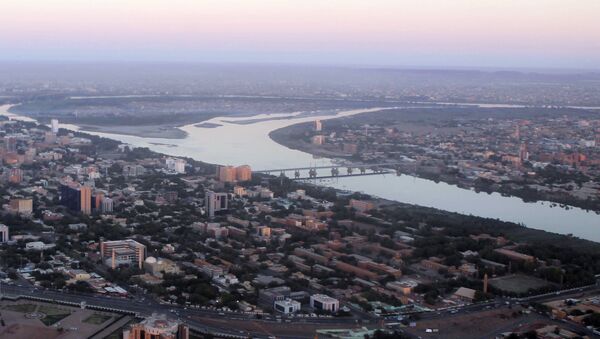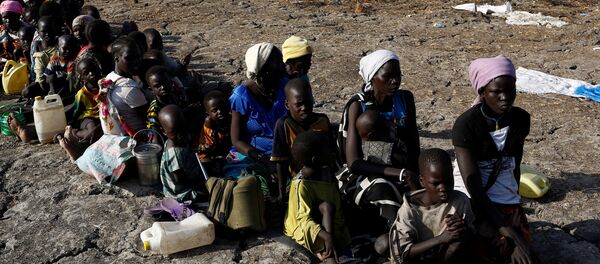The dispute is centered around the Halayeb Triangle region, a strange deviation from the otherwise-straight border between the two countries that dates to the days of British imperialism, when the British placed the area under Sudanese administration instead of Egyptian because it was easier to reach from Sudan than Egypt. Ownership of the territory became more hotly contested in 1992, when a Canadian drilling company suggested that oil may lurk underneath the seafloor off the coast.
During an appearance on Sudan's Ashorooq TV, Sudanese Foreign Minister Ibrahim Ghandour said that the border issue is a "thorn in the side of relations," and that Egypt's refusal to let the dispute be resolved through international arbitration meant that the Triangle was rightfully Sudanese.
"Sudanese people cannot forget the Halayeb Triangle. We are careful to not deliberate the case in the media, in order not to negatively affect bilateral relations between Egypt and Sudan," Ghandour said.
The issue has reentered the spotlight in North Africa as the Grand Ethiopian Renaissance Dam nears completion. The $6.4 billion hydroelectric power facility, which will be the seventh largest in the world once completed, will harness the Blue Nile River to generate more than 16,000 gigawatt hours per year.
Egypt, which draws much of its drinking water, natural resources and energy from the Nile, which the Blue Nile flows into, has protested the dam's construction as they believe that the dam will siphon that resource away.
Ethiopia denies that the dam would damage Egypt's water supplies. Sudan, which is downriver of the Nile just like Egypt, has supported Ethiopia's attempts to build the dam. However, there are deeper concerns: Khartoum may wish to reap the dam's electrical benefits, and it could also increase the lifetimes of several large dams in Sudan.
The Halayeb Triangle is an 8,000 square mile stretch of land on the eastern border between Egypt and Sudan, more than 750 miles from the dam. Both nations lay claim to it, and the unresolved question of the boundary reached a tipping point in the mid-90s when Egypt accused Sudan of attempting to assassinate then-President Hosni Mubarak over the territorial dispute.
Since 2000, Egypt has had de facto control of the Triangle after Sudan withdrew its military, although Khartoum has never formally ceded their claim. In August, Egyptian President Abdel-Fattah el-Sisi visited fellow Nile basin countries Rwanda and Tanzania to rally Egypt's claim.




